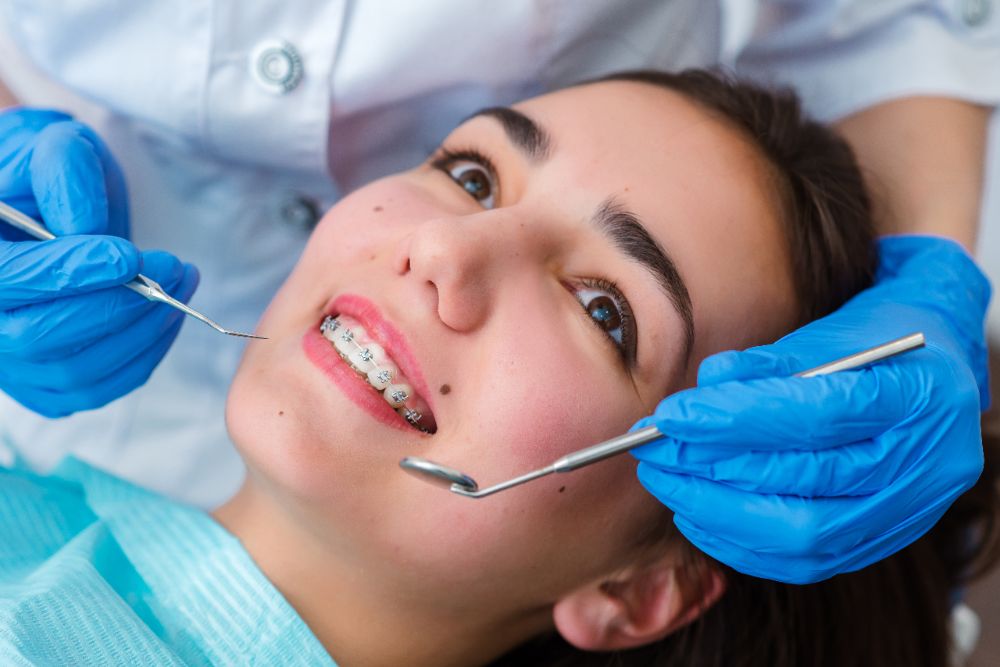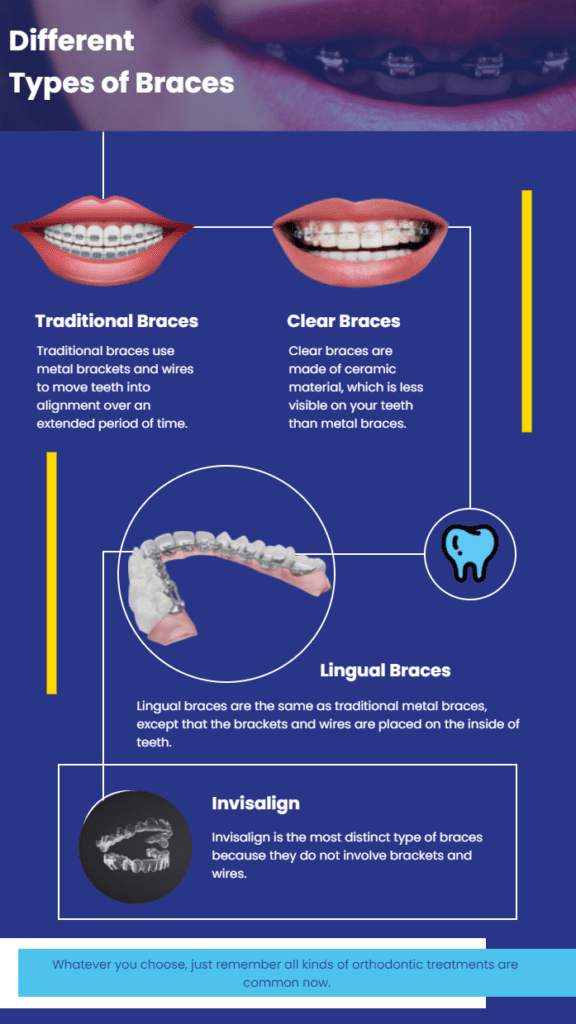Comprehensive Guide to Orthodontics Treatments for Dealing With Oral Imbalances
Recognizing the intricacies of each treatment, including their devices, benefits, and prospective disadvantages, is essential in making educated decisions about one's orthodontic therapy. As we browse with the detailed guide to orthodontic procedures for dealing with dental misalignments, the complex information of each technique will certainly unfold, dropping light on the path toward a harmonious and useful dental alignment.
Orthodontic Procedures Introduction

Normal changes and monitoring are essential components of orthodontic treatment to make certain progression is on track and to make any type of required modifications along the means. By undertaking orthodontic treatments, individuals can not only attain a straighter smile yet also boost their total oral health and feature.
Typical Braces: Exactly How They Work
When considering orthodontic therapies for dental misalignments, conventional braces stand out as a reliable technique for dealing with teeth positioning. Traditional dental braces are composed of braces, wires, and bands that interact to apply continuous stress on the teeth, slowly moving them into the wanted alignment. The braces are connected to the teeth utilizing an unique adhesive, and the cables are threaded with the braces. By readjusting the stress of the cables, orthodontists can manage the direction and force used to each tooth, directing them into correct positioning with time.
One trick facet of exactly how traditional dental braces work is the process of bone makeover. As stress is related to the teeth via the braces, the bone bordering the teeth is reshaped to sustain the new tooth positions. This remodeling is vital for the long-term stability of the dealt with placement. Patients will require normal adjustments at the orthodontist's workplace to guarantee the braces proceed to use the right pressure for effective teeth movement.
Invisible Aligners: Disadvantages and pros
Invisible aligners supply a hassle-free and very discreet alternative to typical dental braces for dealing with dental imbalances. These clear, custom-made trays are virtually unnoticeable when worn, making them an appealing choice for individuals looking for an extra aesthetically pleasing orthodontic treatment. Among the primary benefits of undetectable aligners is their removability, enabling for easier upkeep of oral hygiene contrasted to standard dental braces. Patients can eliminate the aligners prior to consuming or cleaning their teeth, minimizing the danger of food getting embeded the home appliance and streamlining the cleaning process.

Surgical Orthodontic Options
Surgical treatments in orthodontics present practical options for dealing with complicated dental misalignments that might not be successfully solved via traditional orthodontic therapies. While invisible aligners and typical dental braces can correct numerous orthodontic concerns, particular cases need surgical treatment to accomplish optimal outcomes. Surgical orthodontic alternatives are usually advised for severe malocclusions, considerable jaw discrepancies, and cases where the underlying bone structure needs modification to achieve appropriate alignment.
One common medical orthodontic treatment is orthognathic surgical procedure, which includes repositioning the jaws to remedy functional issues such as problem talking or chewing. This surgery is commonly executed in cooperation with an orthodontist that aids straighten the teeth prior to and after the treatment. Surgical orthodontics might additionally entail procedures to expose impacted teeth, eliminate excess advice gum cells, or improve the jawbone to develop a more unified face account.
Prior to taking into consideration medical orthodontic alternatives, individuals undertake an extensive analysis to determine the necessity and prospective advantages of such treatments. invisalign. While surgical procedure may seem daunting, it can significantly improve both the function and appearances of the smile dental discount in cases where standard orthodontic therapies drop short
Retainers and Post-Treatment Care

Post-treatment care entails following the orthodontist's instructions diligently. This might consist of correct dental health practices, participating in follow-up consultations, and putting on the retainers as recommended. Failing to comply with post-treatment care directions can cause regression, where the teeth gradually move back in the direction of their initial settings. Constant retainer wear, good oral health, and regular oral examinations are crucial for preserving the results achieved via orthodontic surgical procedure and making sure the long-lasting stability of the dealt with dental positioning.
Conclusion
To conclude, orthodontic procedures supply numerous choices for fixing dental misalignments. Traditional braces make use of steel braces and wires to shift teeth right into appropriate positioning. Unnoticeable aligners provide a more restorative dentistry very discreet option yet might not appropriate for all instances. Surgical orthodontic options are offered for a lot more serious imbalances. Retainers are typically made use of post-treatment to keep the new placement. In general, orthodontic treatments can efficiently improve oral health and wellness and visual appearance.
As we navigate via the comprehensive overview to orthodontic treatments for correcting oral misalignments, the elaborate information of each technique will certainly unfold, shedding light on the course towards a unified and functional oral positioning. - aligners
One of the most typical orthodontic therapies is the usage of braces, which consist of steel brackets and cords that use gentle pressure to gradually move teeth right into the desired placement.When thinking about orthodontic therapies for oral imbalances, traditional braces stand out as a reliable approach for remedying teeth positioning. In addition, unseen aligners may not be appropriate for intricate orthodontic concerns that require even more substantial teeth movement, as they are normally recommended for mild to modest situations. Retainers are custom-made orthodontic tools made to hold teeth in their fixed settings after the conclusion of orthodontic treatment.